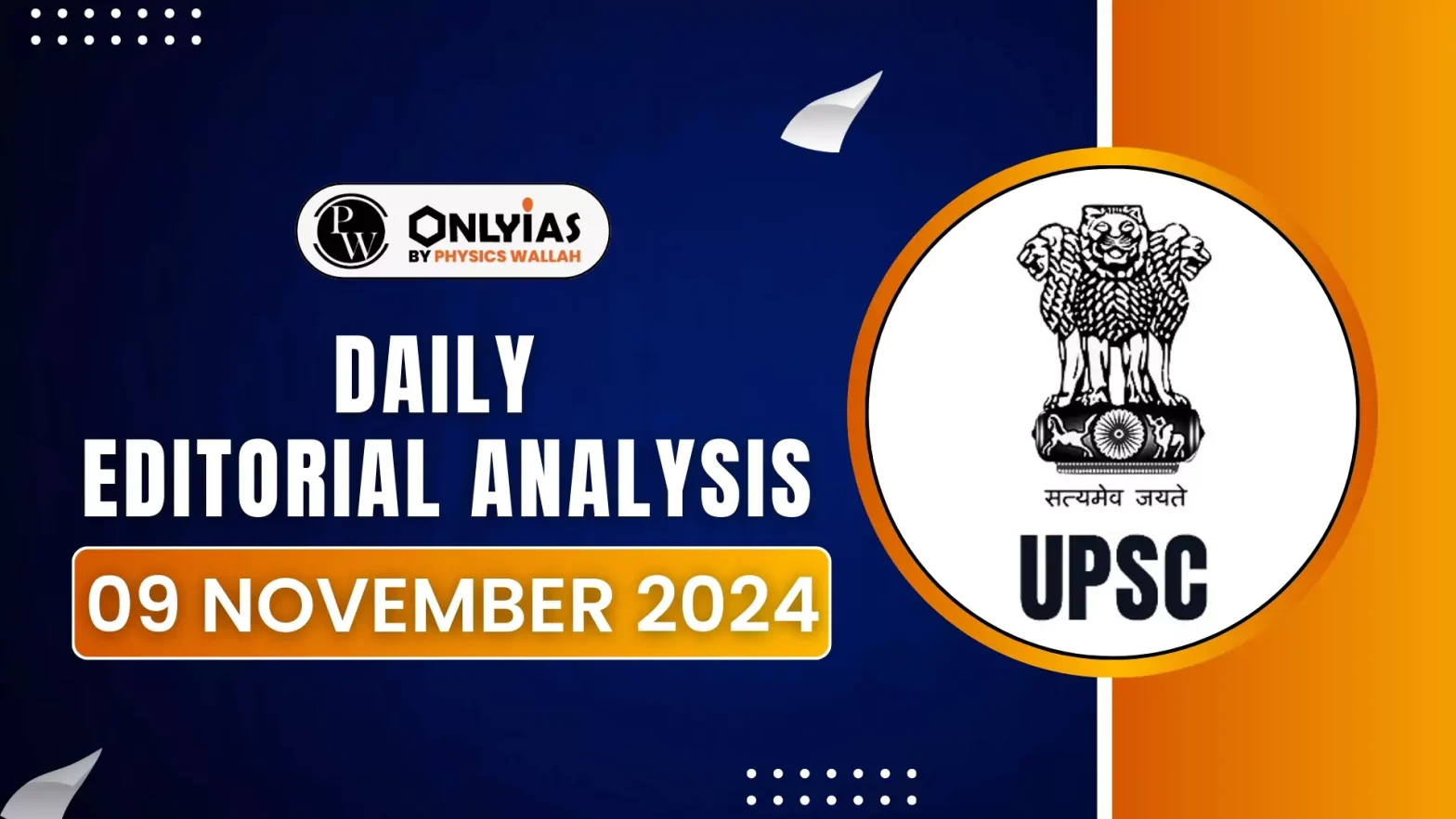In a rapidly warming world, cooling is not merely a luxury but a necessity, especially for vulnerable populations. International cooperation on clean energy and cooling solutions is a crucial step toward addressing the climate crisis.
Wilmington Declaration
- On September 21, 2024, the Quad nations (Australia, India, Japan, and the United States) issued the Wilmington Declaration, marking a significant step in their commitment to sustainable energy solutions.
- This declaration underscores the importance of high-efficiency cooling systems, with a focus on reducing energy consumption and promoting clean cooling technologies.
- It aligns with an earlier joint statement between India and the U.S., which laid out a roadmap for resilient global clean energy supply chains.
India’s Leadership in Cooling Solutions
- India has emerged as a leader in the Quad’s clean energy initiatives, pledging significant investments in solar and cooling infrastructure across the Indo-Pacific region.
- Alongside the U.S., India has committed to expanding manufacturing capacities for high-efficiency air-conditioners and ceiling fans, which could substantially reduce the climate impact of cooling systems.
Enroll now for UPSC Online Classes
Global Efforts and Challenges in Cooling Solutions
- Montreal Protocol a landmark agreement focused majorly on Chlorofluorocarbons (CFCs). It talked about regulating the production and consumption of nearly of ozone depleting substances (ODS)
- In 2016, Parties to the Montreal Protocol adopted the Kigali Amendment to phase down production and consumption of hydrofluorocarbons (HCFCs) worldwide used in cooling appliances.
- Three Categories of Countries: There was also a creation of three categories of countries with different schedules and timetables for production.
-
- Developed countries, led by the US, Japan, and Western European nations, saw their usage of HFCs peak by 2019, after which they were required to work on reducing emissions.
- Developing countries, such as China, South Africa, and Brazil, are allowed to reach their peak usage of HFCs by 2024.
- Meanwhile developing countries like India, Iran, Iraq, and Pakistan are allowed to reach their peak HFC usage by 2028
- High-efficiency air conditioners using climate-friendly refrigerants are available, but outdated, inefficient models still dominate many markets.
- Without stronger regulations, developing countries may become dumping grounds for these energy-wasting appliances, worsening both climate and energy challenges.
- Strong standards and regulations are needed to prevent developing countries from becoming dumping grounds for HFC-based cooling appliances and to ensure the production of more climate-friendly alternatives.
In Context of India
- In 2024, parts of India experienced temperatures exceeding 50°C, highlighting the urgent need for cooling solutions.
- By 2030, an estimated 160 to 200 million Indians could be affected by deadly heat waves each year.
- The country’s workforce, already exposed to extreme heat, faces risks of significant declines in productivity, health, and food security.
- Cooling demand is expected to rise sharply, with air conditioner sales increasing by 16 percent for every degree above 30°C.
- By 2050, India may have the highest cooling demand globally, with over 1.14 billion air conditioners in use.
- India ratified the Kigali Amendment in 2021, committing to an 85 percent reduction in HFCs by 2047.
- The India Cooling Action Plan (ICAP) aims for a 20-25 percent reduction in cooling demand, a 25-40 percent reduction in energy consumption, and a shift to low-global warming potential (GWP) refrigerants, demonstrating leadership in climate-friendly cooling.
- Mission-Mode Approach
- India has taken a mission-mode approach to tackle these challenges.
- A national mission for sustainable cooling has been created,
- Key steps include forming an inter-ministerial working group, organising a launch event, and securing an initial budget is also done by India.
- For long-term success, it’s also crucial to implement national capacity-building programs and establish dedicated budget allocations.
| India Cooling Action Plan (ICAP)
Launched in 2019, India Cooling Action Plan (ICAP) is about improving the quality of life and productivity of the people of India, and achieving many of the Sustainable Development Goals (SDGs).
The India Cooling Action seeks to;
- Reduce cooling demand across sectors by 20 percent to 25 percent by 2037-38,
- Reduce refrigerant demand by 25 percent to 30 percent by 2037-38,
- Reduce cooling energy requirements by 25 percent to 40 percent by 2037-38,
- Recognize “cooling and related areas” as a thrust area of research under national S&T Programme,
- Training and certification of 100,000 servicing sector technicians by 2022-23, synergizing with Skill India Mission.
|
COP28
- At COP28 in Dubai, 63 countries committed to reducing cooling emissions by 68% by 2050.
- While the Global Cooling Pledge is non-binding, it has the potential to provide cooling access to 3.5 billion people by 2050 and save $17 trillion in energy costs.
Check Out UPSC NCERT Textbooks From PW Store
Conclusion
In conclusion, addressing the global cooling challenge through international cooperation, innovative technologies, and India’s proactive leadership is critical for combating climate change and ensuring equitable access to cooling solutions. COP29 must build on COP28’s momentum, fostering partnerships and accelerating action to protect vulnerable populations while mitigating climate risks.
![]() 9 Nov 2024
9 Nov 2024

